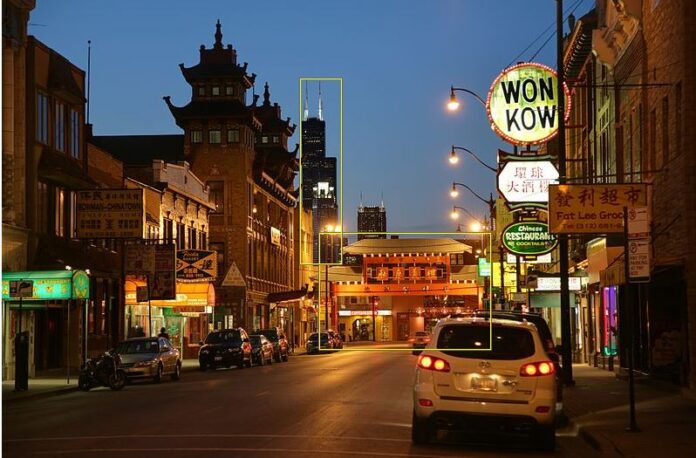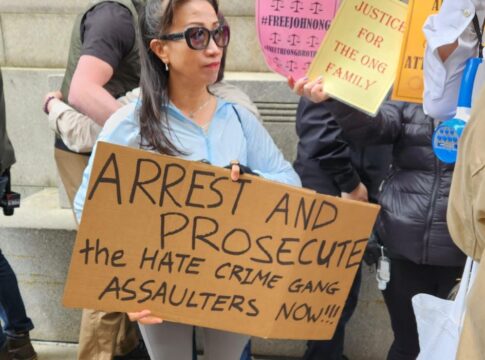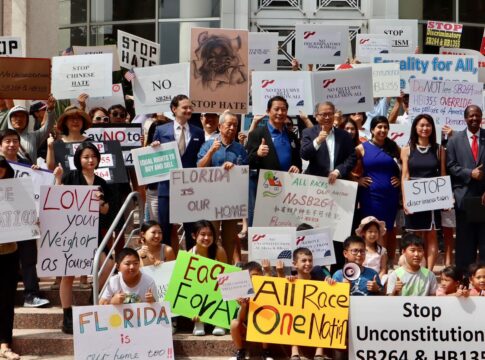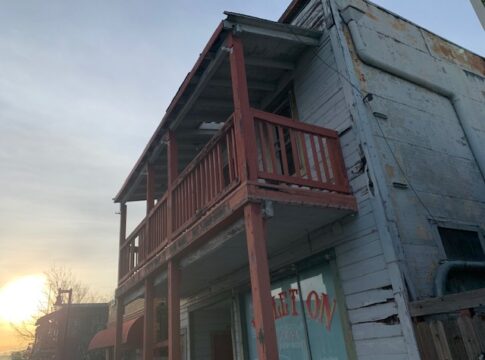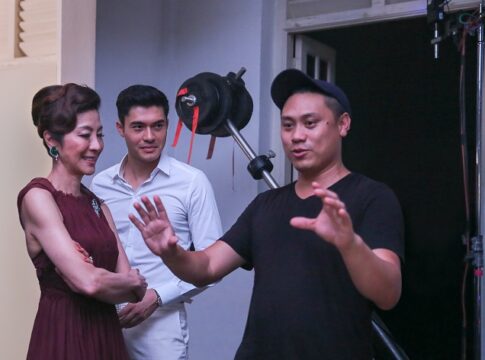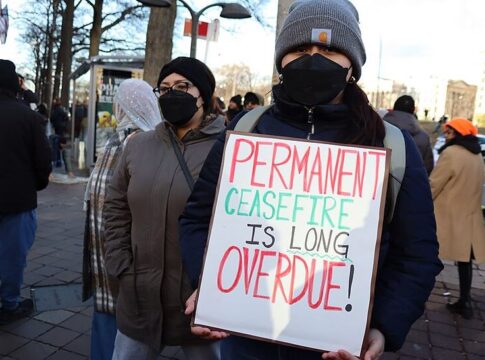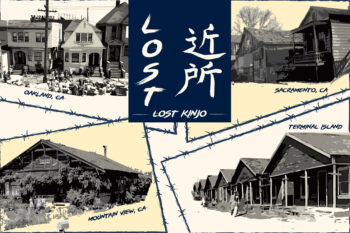As counties begin remapping district lines, Asian Americans have emerged as an influential powerhouse. And Chicago is no exception.
Political maps are redrawn in Chicago and around the country every 10 years and right now the Asian American population in Chicago is split up into three different wards.
Advocates and community leaders are advocating for Chinatown and the surrounding area to be included in a single ward as part of the city council’s remapping process.
Saturday, the community took to the streets to demand the city’s first Asian American political ward.
“Tell your friends, tell your parents, tell your children to get involved. Join us and together, we’ll make this community a much better, much safer, much more prosperous, much more livable Chinatown,” C.W. Chan said, according to WGN9.
LATEST STORIES
The total Asian population in Chicago grew from 144,903 in 2010 to 189,857 in 2020, which is a 31% increase. Asian Americans now make up 7% of the city’s 2.7 million residents.
David Wu, founder of the Pui Tak Center, said Chinatowns across the country are shrinking and feeling the pressures of gentrification, often because of location: Chinatowns in cities like San Francisco and New York tend to be located in financial districts, for example. But that is not happening in Chicago’s Chinatown, which is just outside of the downtown area.
“Traditionally, an immigrant community sticks around for 40 to 50 years and until they are replaced by another immigrant group or it gets gentrified,” Wu told the Chicago Sun-Times. “But Chinatown is fairly unique as this has been a place for immigrants from China, and other parts of Asia, for over 100 years because people two and even three generations out—people still want to live here.”
According to a Pew Research Center analysis of the U.S. Census Bureau, the Asian American population grew 81% between 2000 and 2019, going from roughly 10.5 million to a record 18.9 million. Subsequently, Asian Americans have been recorded as the fastest-growing population among all racial and ethnic groups in the country.

Furthermore, recent data indicate that Asian Americans are becoming more politically unified. Historically, the Asian American community hasn’t been large or unified enough to challenge political maps in court. However, a study conducted by Janelle Wong and Sono Shah found that political cohesion among different subsets of the demographic group has amplified calls to consider it a community of interest in redistricting.
These trends have resulted in Asian American representation, best illustrated by the 2021 elections.
Even students are also advocating for representation. UC San Diego students lobbied for the school to align with the Convoy District and nearby areas with significant Asian populations. University of Virginia students have called for the creation of an Asian American student center to better reflect the needs and concerns of its population.
Paul Luu, CEO of the Chinese American Service League, told the Chicago Sun-Times, more must be done to meet the needs of Asian Americans living in Chicago, such as improving access to mental health support, creating economic mobility, and building more affordable housing, as well as “more quality child care that is bilingual and culturally appropriate.”
“Not everyone who is Asian speaks Cantonese or Mandarin, and not everyone in Chinatown is Chinese. We have Vietnamese, Korean, and other ethnic groups that need help,” he added. An Asian American leader “would recognize that and advocate for us all.”
AsAmNews has Asian America in its heart. We’re an all-volunteer effort of dedicated staff and interns. Check out our new Instagram account. Go to our Twitter feed and Facebook page for more content. Please consider interning, joining our staff, or submitting a story or making a contribution.


